18. November, 2023delish0
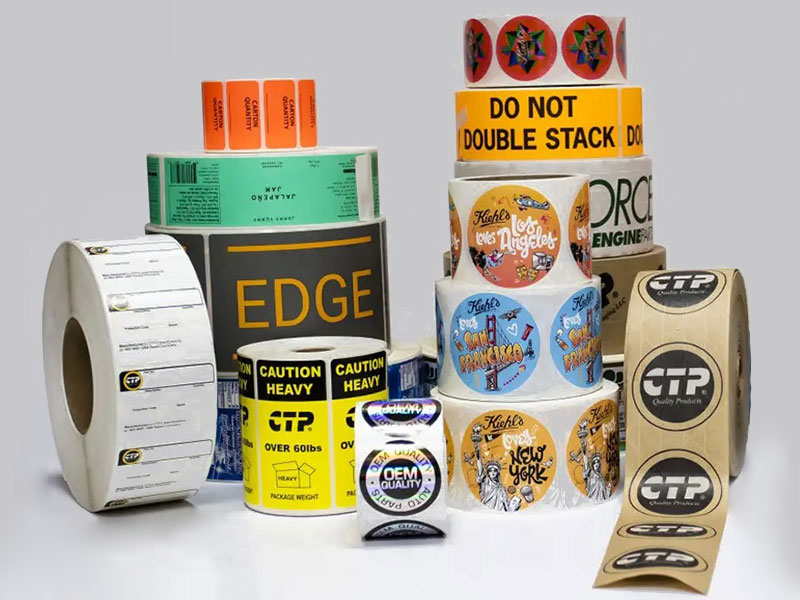
Color printing film slitting machine is a widely used and indispensable post-press processing equipment in composite packaging, aluminization, cigarette packs, printing and other industries. There are many factors that affect the winding quality of color printing film, among which the winding tightness is an important aspect. Controlling the appropriate tightness not only directly affects the winding of the film, but also is particularly critical to the quality of the finished coiled product.
A method for judging the tightness of color printing film
1. Finger pressing. The operator squeezes the surface or end face of the coil with his fingers to judge whether the tightness is appropriate or not. This method requires the operator to be familiar with the tightness of the qualified finished rolls, and the disadvantages are that there may be subjective bias, lack of data support, and cannot be standardized.
2. Observe the end face. Experienced operators can find out the winding problem by the color and style changes of the end face of the color film roll. In general, tighter the winding means a darker end color, especially when the inner ring is close to the core. For the star-shaped wrinkles on the end face, it is generally caused by the inner looseness and the outer tightness. Although observation of the end face can provide accurate and quick judgment, it is only suitable for individual problems.
3. Test hardness. The surface of the roll can be measured with an instrument, the tightness can be quantified and the data recorded, excluding subjective factors. However, the limitation of this method is that it can only be tested on the surface, and it is difficult to reflect the problems inside the roll roll.
4. The process is beaten. In the process of running the color film slitting machine, the substrate in the winding is patted by hand or other objects, and the tightness is judged by the feel or sound. This method is widely used in practice because it can instantly find the internal and external problems of the coil, but for some shiny film surfaces, it is necessary to pay attention to careful operation to avoid damage to the material.
Problems caused by the tightness of the color printing film
The tightness of film winding is mainly affected by many factors, including the parameter setting of the slitter, the physical properties of the film, the setting of the winding speed, the proficiency level of the operator, and the work assessment. Too loose and too tight will affect the quality of film formation.
When the tightness is suitable, the fluctuation of the material thickness will not affect the winding process of the slitter. When the film is rewound too tightly, due to the tolerance of the color printing film itself, the thicker part is superimposed in the winding process to form a bulge, which affects the product quality, and this subtle deviation is often difficult to find in the slitting process. Winding too tightly can also lead to adhesion problems in some color printing films or primer products with high surface tension, causing the printed pattern to fall off and eventually be scrapped. In addition, if the surface of the paper core is too rough, there will be pitting spots or initial wrinkles due to too tight winding.
During the high-speed operation of the color film slitting machine, the film winding is too loose, which will cause string movement or dislocation of the end face, and in addition, the core pulling occurs close to the paper tube during the handling process, which seriously affects the appearance and quality. Loose winding can also lead to wrinkles or star-shaped streaks on the end of the film. Due to the decrease in the support force of the end face of the coil, there will also be fish-scale end face wrinkles. The eccentricity phenomenon of partial winding is also caused by too loose winding, which makes the film roll into an oval shape, and the uneven tension occurs during unwinding, which affects the product effect.
Principles of use of color printing film slitting machine
1. Reasonably adjust the slitting process. The operator of the slitting machine should reasonably select the appropriate slitting process according to the influence of the tightness factor on the color printing film for different purposes, continuously summarize the data in practice, and adjust the tightness degree according to the needs to meet the requirements of the product.
2. It doesn't matter if it's loose. In actual operation, due to the limitation of some objective factors, including the performance of slitting equipment, product specifications, the characteristics of the film, etc., it is impossible to adjust the tightness of the coil to the ideal state. Usually we follow the principle of preferring looseness to tightness, because problems caused by overwinding are likely to lead to rejects.
3. Improve system management. The properties, lengths, and widths of various film materials correspond to the tension, pressure, and variable parameters of the color film slitting machine, combine the best scheme and record it in the book, provide technical support for subsequent slitting work and training, and continuously optimize and improve it in combination with practice on this basis. Minimize the impact of deviations in individual subjective ability on product quality.
For the color printing film slitting machine, the tightness is directly related to the quality of the finished color printing film roll, which must be paid great attention to.

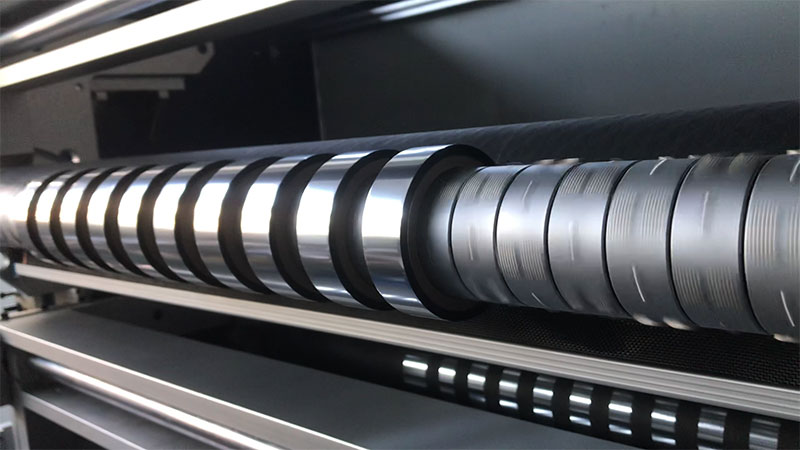
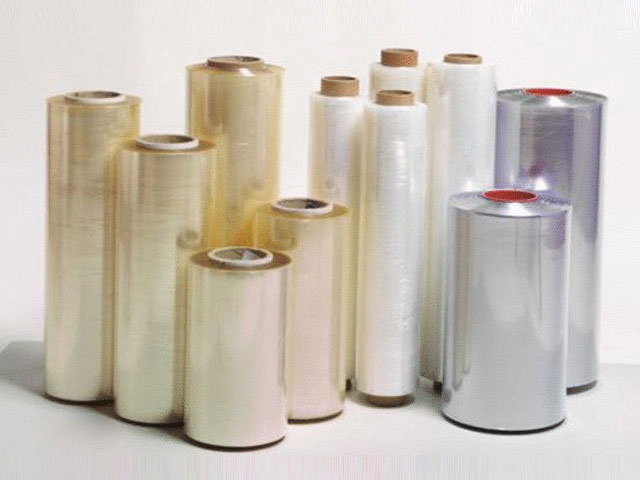
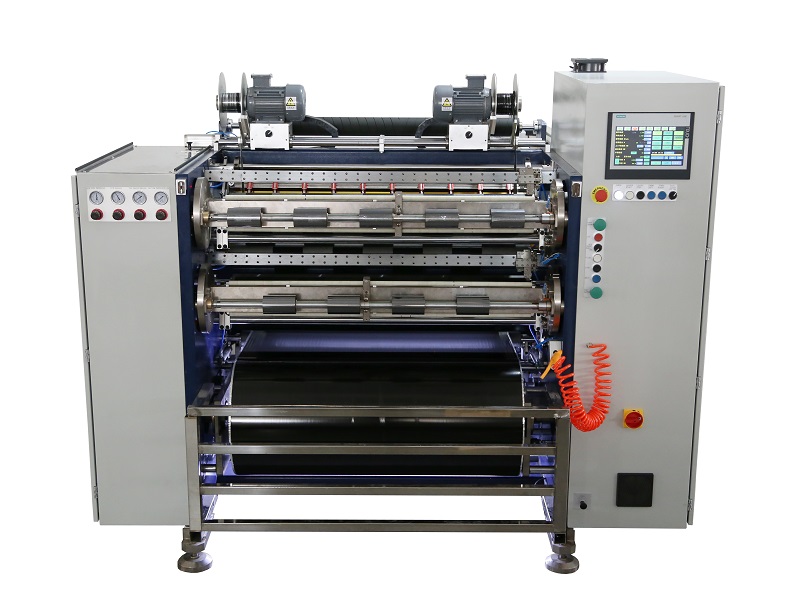 Fully Automatic TTR Slitter RSDS8 Plus
Fully Automatic TTR Slitter RSDS8 Plus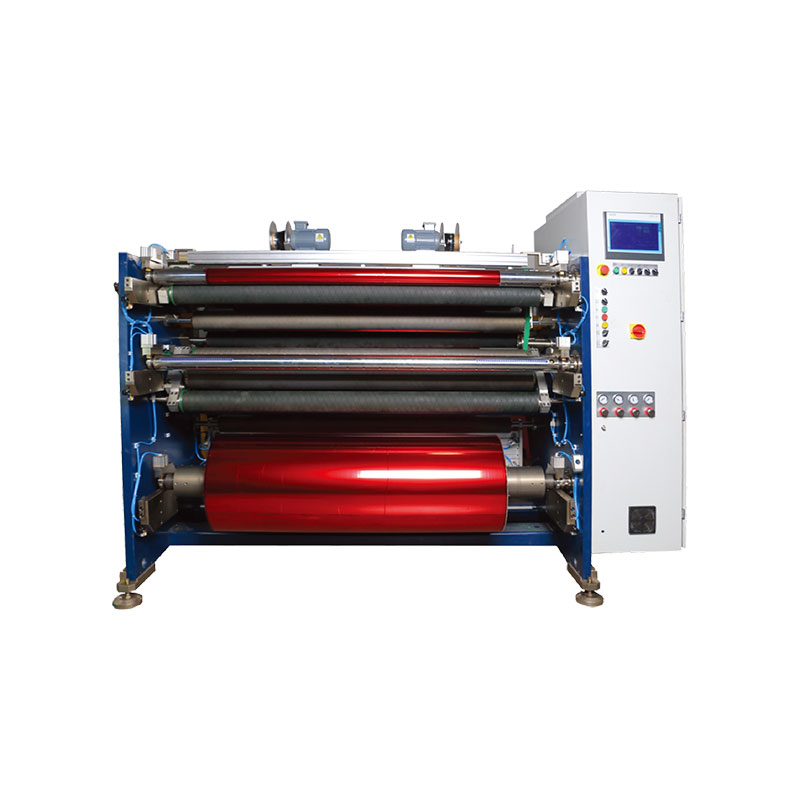 Hot Stamping Foil Slitter 1600mm
Hot Stamping Foil Slitter 1600mm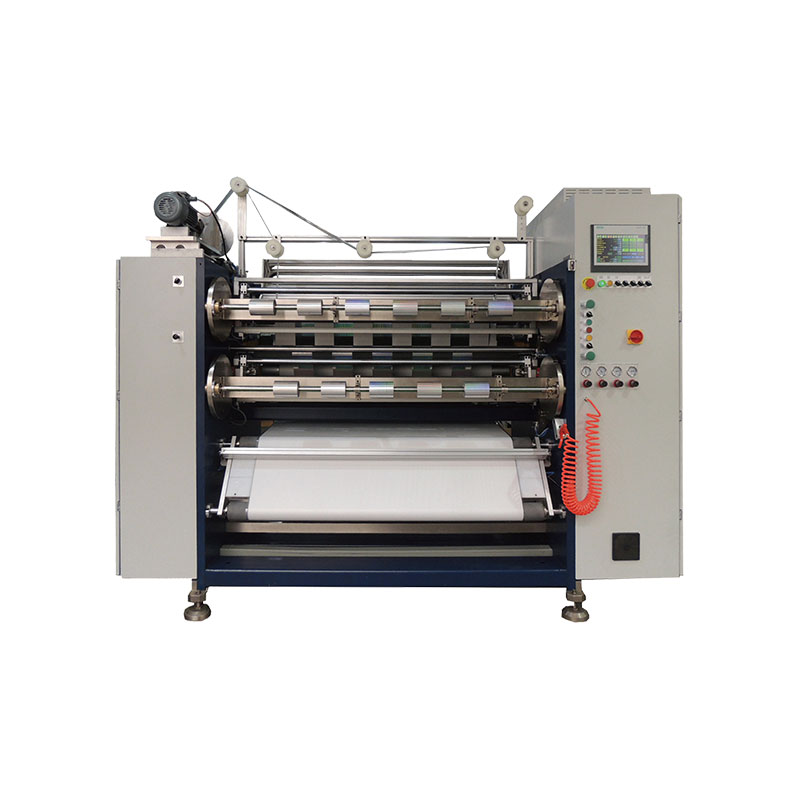 Hot Stamping Foil Slitter (4 Shafts)
Hot Stamping Foil Slitter (4 Shafts)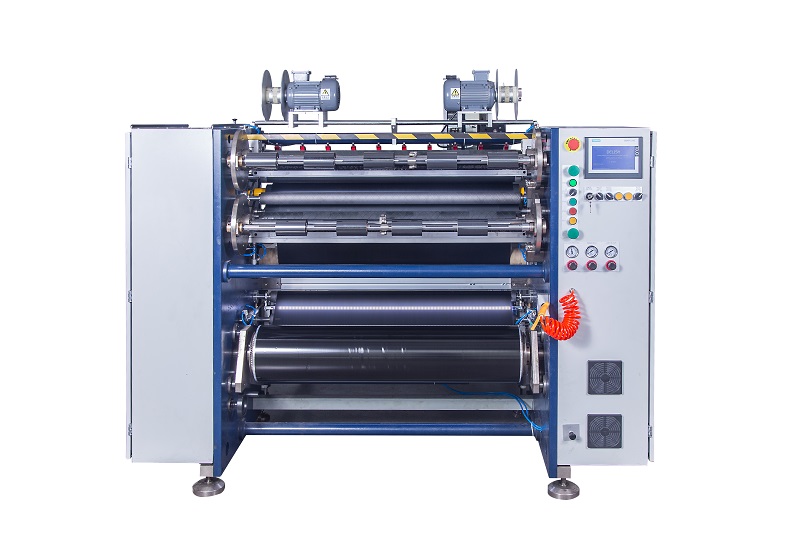 Semi-Auto TTR Slitter RSDS2 Plus
Semi-Auto TTR Slitter RSDS2 Plus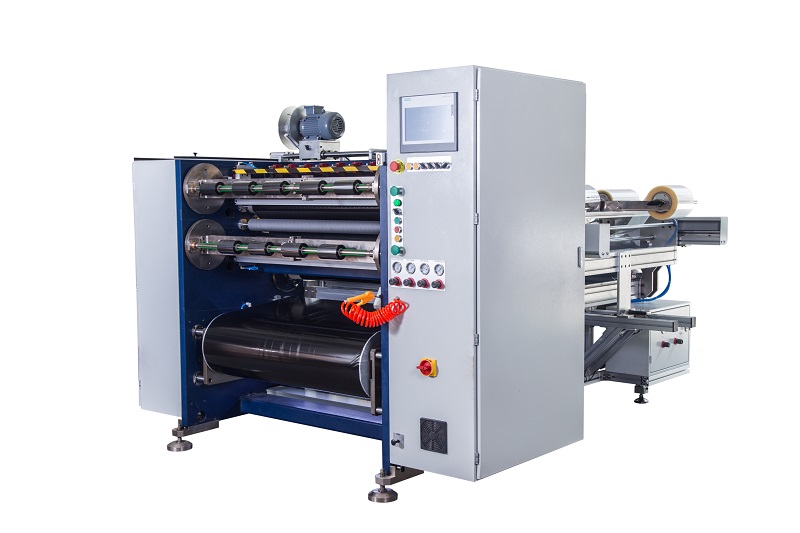 Semi Automatic TTR Slitter RSDS5 Plus
Semi Automatic TTR Slitter RSDS5 Plus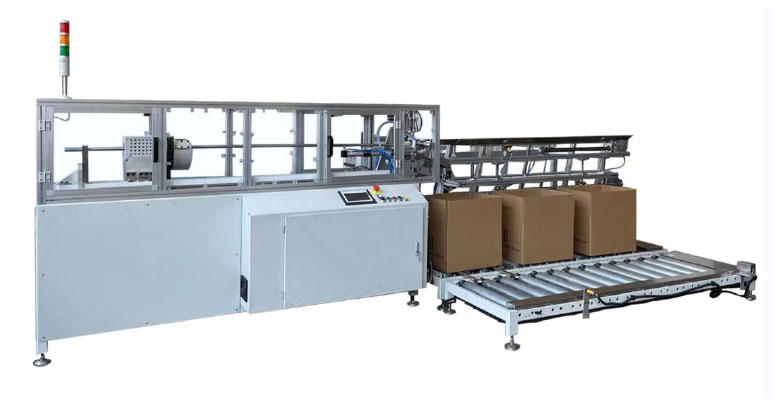 Auto Paper Core Cutter
Auto Paper Core Cutter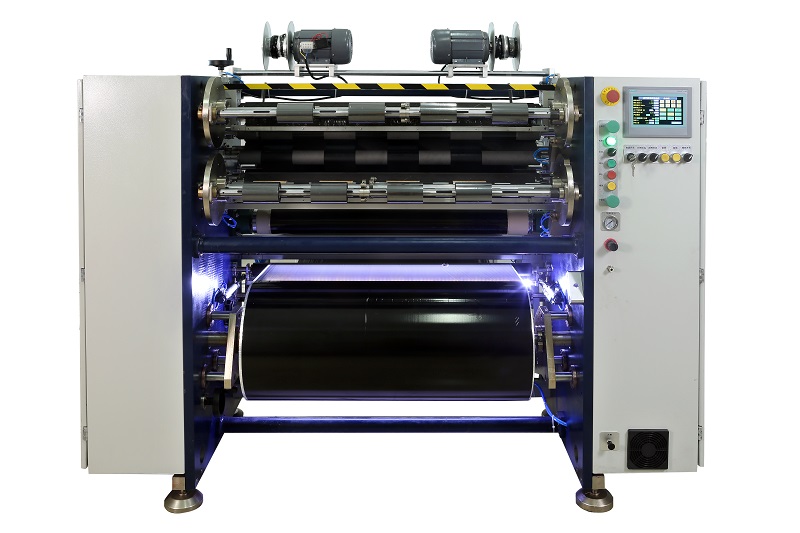 Manual TTR Slitter RSDS2
Manual TTR Slitter RSDS2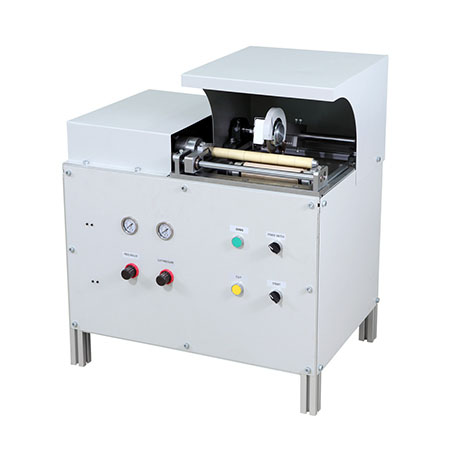 Manual Paper Core Cutter
Manual Paper Core Cutter





